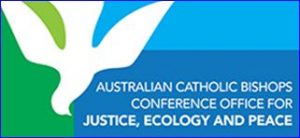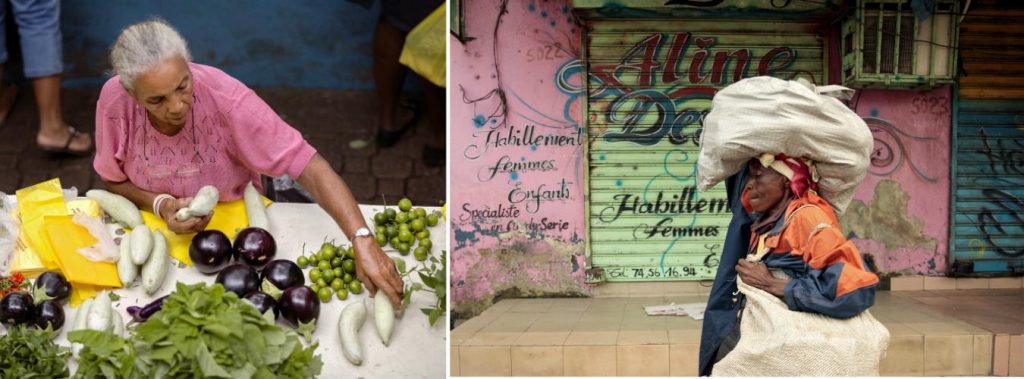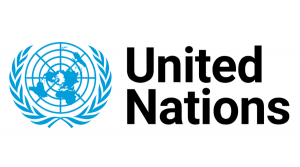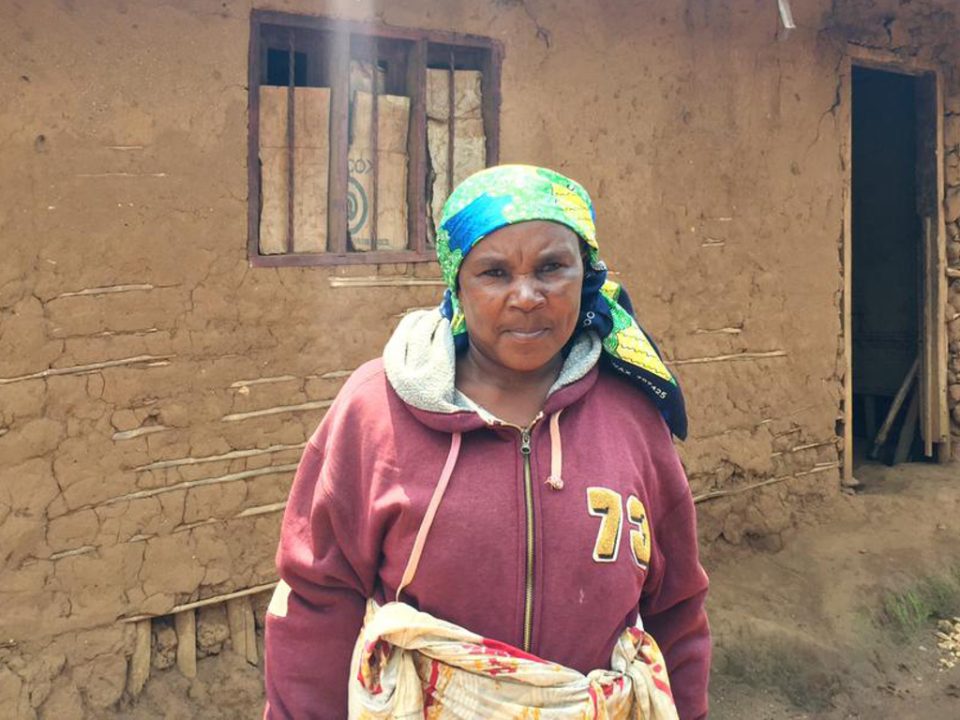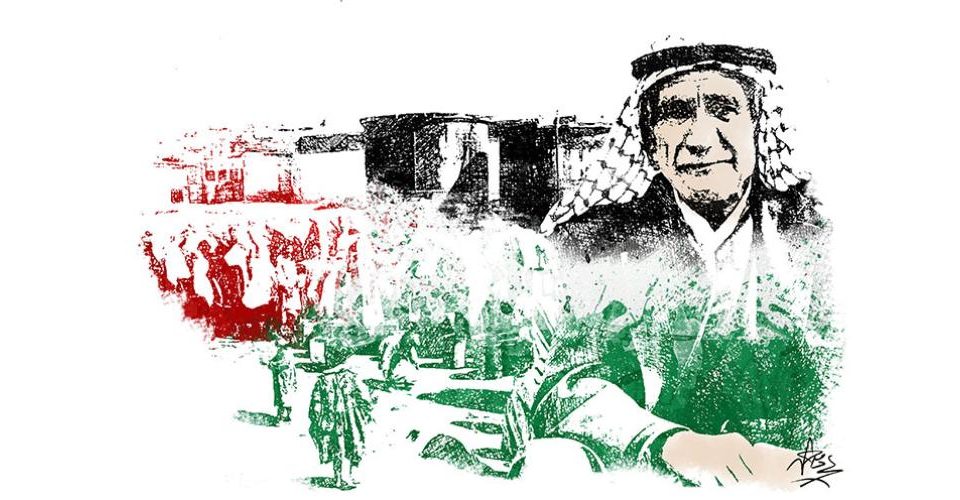Safeguard older persons during COVID-19 and beyond
Although all age groups are at risk of contracting COVID-19, older persons are at a significantly higher risk of mortality and severe disease following infection, with those over 80 years old dying at five times the average rate. An estimated 66% of people aged 70 and over have at least one underlying condition, placing them at increased risk of severe impact from COVID-19.
Older persons may also face age discrimination in decisions on medical care, triage, and life-saving therapies. Global inequalities mean that, already pre-COVID-19, as many as half of older persons in some developing countries did not have access to essential health services. The pandemic may also lead to a scaling back of critical services unrelated to COVID-19, further increasing risks to the lives of older persons.
Some older people face additional vulnerabilities at this time. The virus is not just threatening the lives and safety of older persons, it is also threatening their social networks, their access to health services, their jobs and their pensions.
“No person, young or old, is expendable”, spelled out UN Secretary-General António Guterres in a video message to launch a policy brief on older persons last month. The impact on health and long-term care services for older persons must recognize and confront the particular challenges they face, including their ability to access medical treatment and care.
“Older people have the same rights to life and health as everyone else,” underscored the UN chief. “Difficult decisions around life-saving medical care must respect the human rights and dignity of all.”
Policy Brief: The Impact of COVID-19 on older persons
As the world grapples with an unparalleled health crisis, older persons have become one of its more visible victims.
Addressing Elder Abuse
Between 2019 and 2030, the number of persons aged 60 years or over is projected to grow by 38%, from 1 billion to 1.4 billion, globally outnumbering youth, and this increase will be the greatest and the most rapid in the developing world, and recognizing that greater attention needs to be paid to the specific challenges affecting older persons, including in the field of human rights.
Elder abuse is a problem that exists in both developing and developed countries yet is typically underreported globally. Prevalence rates or estimates exist only in selected developed countries — ranging from 1% to 10%. Although the extent of elder mistreatment is unknown, its social and moral significance is obvious. As such, it demands a global multifaceted response, one which focuses on protecting the rights of older persons.
Approaches to define, detect and address elder abuse need to be placed within a cultural context and considered along side culturally specific risk factors. For example, in some traditional societies, older widows are subjected to forced marriages while in others, isolated older women are accused of witchcraft. From a health and social perspectives, unless both primary health care and social service sectors are well equipped to identify and deal with the problem, elder abuse will continue to be underdiagnosed and overlooked.


